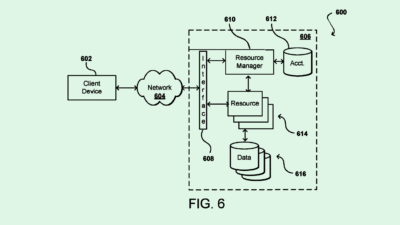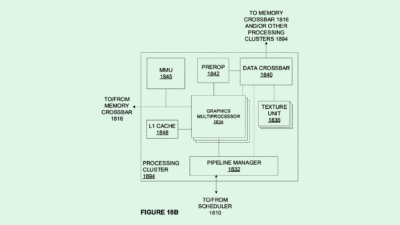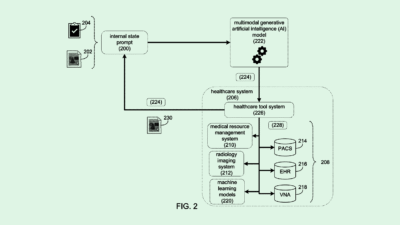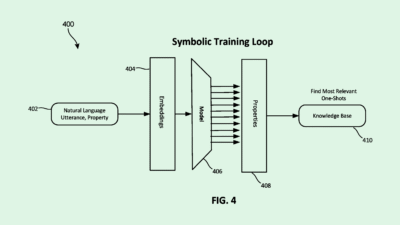How Salesforce Uses Agents to Follow Up on Thousands of Leads
‘It’s pure creation of gold from sawdust on the floor,’ one executive said.
![August 19, 2025, New York, United States: The Salesforce office building is seen in Manhattan, New York City. (Credit Image: © Jimin Kim/SOPA Images via ZUMA Press Wire) (Newscom TagID: zumaglobalsixteen493258.jpg) [Photo via Newscom]](https://www.thedailyupside.com/wp-content/uploads/2025/08/zumaglobalsixteen493258-scaled.jpg)
Sign up to get cutting-edge insights and deep dives into innovation and technology trends impacting CIOs and IT leaders.
Sales has long involved a human touch. Where does AI fit in?
Stakeholders and executives are seeking to weave AI into every part of enterprises, and sales teams have not been spared. But in such person-to-person jobs, companies are better off using AI to support employees than to replace them, Andy White, senior vice president of business technology at Salesforce, told CIO Upside.
“We’re very much into this idea of augmenting our humans and having humans and AI working together,” said White. “We can now engage with all these other customers at scale that we never could before because of AI.”
While deals are ideally inked by humans, the sheer scale of an organization like Salesforce means that potential leads often fall through the cracks, he said. “We have millions of leads that we’ve never followed up on,” White added.
With AI agents, those leads no longer go ignored.
- For example, leads are often ranked on a scale of one to five using machine learning, said White, with lower ranking leads getting automated email marketing campaigns rather than human follow-ups.
- With AI, instead of an email campaign coming from a generic no-reply email address, the message comes from a specific, interactive agentic email address, allowing the potential customer to ask questions. The team then measures the success of the agents by tracking email opens, replies and meetings booked with human sellers.
- Salesforce built a new-business pipeline of $500,000 in three weeks by using agents to scour 8,000 previously untouched leads. “It’s pure creation of gold from sawdust on the floor,” said White.
To make agentic email campaigns even better and keep them “from going off the rails,” Salesforce relies on a concept called “coherence” that involves testing the output of one AI model with other AI models. For example, if an email campaign was generated with an OpenAI-powered agent, Anthropic’s Claude and Google Gemini will be used to score it, he said.
“You’re using multiple LLMs that were created using different systems to judge, and if they agree, you have coherence,” said White.
But building these agents isn’t a task for a development team alone, White said. Enterprises need to think about “what is the heart of a seller, how do we give it persistence and grit and not taking no for an answer,” he said. Doing so involves getting the domain expertise from sales teams themselves. “Ideally, you’re working directly with the people that are using the solution,” he said.
“The burden of building great AI and agentic solutions is very heavy on the business teams, and not just the IT teams,” said White. “In traditional technology development, it’s the other way around. But you need to be working directly with the sellers … directly with the people that know what awesome looks like.”











